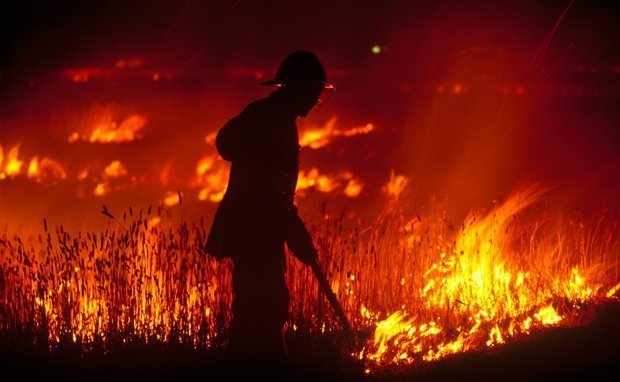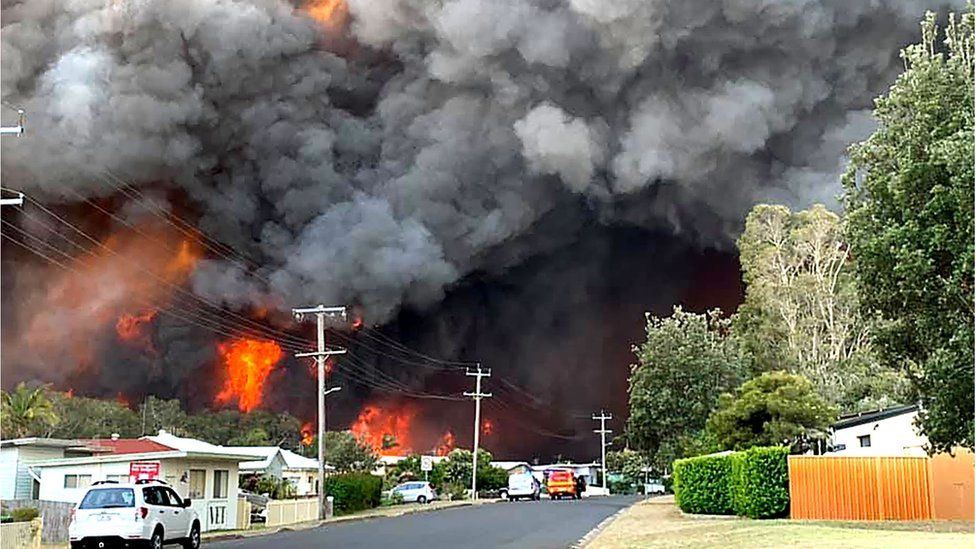Expert Insights: Why Every House Owner Needs a Detailed BAL Report
Wiki Article
Ensuring Bush Fire Defense Through Appropriate BAL Report Analysis
In the world of bush fire security, the meticulous evaluation of Bushfire Strike Level (BAL) reports stands as a keystone for guarding residential properties against the damaging impact of wildfires. With environmental elements and residential property features playing significant duties in identifying the level of threat, an extensive understanding of BAL ratings ends up being imperative. Nevertheless, the actual significance exists not simply in comprehending these records however in decoding them successfully to develop tailored fire defense methods. By diving into the value of BAL report evaluation, we uncover a world where notified decisions lead the course towards strengthening residential property safety and durability in fire-prone areas.
Understanding Bushfire Assault Degree (BAL)
In the world of bushfire security, comprehending the Bushfire Assault Level (BAL) is paramount for ensuring reliable reduction techniques. Understanding the BAL rating of a residential or commercial property is crucial for residential or commercial property home builders, owners, and policymakers to implement proper actions to secure against bushfire threats.
Significance of BAL Report Evaluation
An essential facet in bushfire defense preparation includes the extensive analysis of BAL reports to analyze the possible dangers and figure out suitable mitigation approaches. BAL records supply important information concerning the possible effect of bushfires on a home based upon various variables such as plants type, range to prospective fire hazards, and incline of the land. Examining these records with precision is paramount in creating efficient bushfire protection procedures tailored to the details danger profile of a property.Carrying Out Fire Protection Actions
Implementing effective fire security actions is crucial for protecting buildings in bushfire-prone areas. This involves clearing flammable greenery, such as dry leaves and branches, within a specific span of the building.In addition, having a properly maintained and appropriate water supply, such as a container or swimming pool, can help firemens in their efforts to protect the property. It is necessary to have a clear discharge plan in position and to ensure that all homeowners are acquainted with the procedures. Additionally, having firefighting devices easily available, such as hoses and fire extinguishers, can assist in dealing with small place fires before they escalate. Generally, carrying out a combination of these fire defense steps can significantly raise the possibilities of protecting properties throughout bushfire events.
Mitigating Threats in Fire-Prone Areas
To fortify buildings against bushfire hazards, a tactical emphasis on mitigating risks in fire-prone areas is important. Mitigating dangers in fire-prone locations involves an extensive strategy that encompasses different actions to reduce the probability and influence of bushfires. One crucial element of danger reduction is keeping defensible room around homes by getting rid of combustible vegetation, ensuring appropriate spacing in between frameworks and trees, and employing fire-resistant landscaping practices. Furthermore, carrying out ember-proofing procedures such as setting up metal mesh screens on home windows and covering roof covering dental caries can aid prevent ember attacks and minimize the risk of spot fires.Additionally, building or retrofitting buildings with fireproof products and guaranteeing proper upkeep of roofings, gutters, and external cladding can dramatically improve the home's resilience to bushfires. Creating and exercising a bushfire emergency strategy with this website all passengers, including emptying procedures and interaction techniques, is additionally crucial in mitigating risks effectively. By embracing a proactive strategy to run the risk of mitigation in fire-prone locations, homeowner can better protect official statement their properties and improve total bushfire preparedness.
Ensuring Property Security and Resilience
Making sure the safety and durability of buildings in fire-prone areas calls for a steadfast dedication to robust preventative steps and critical planning. Residential property safety begins with carrying out effective procedures to lower fire risks. This consists of keeping a defensible space around the residential property by clearing flammable greenery, making certain proper maintenance of roofing systems and rain gutters, and utilizing fire-resistant structure products. Normal upkeep of firefighting equipment, such as hoses and lawn sprinkler, is likewise vital to property resilience.Resilience, on the other hand, entails the ability of a property to withstand and recoup from a bushfire. This can be improved with the setup of ash guards on vents and windows, making sure that access factors for cinders are decreased. In addition, having a well-balanced discharge strategy and practicing it regularly can substantially increase residential property durability. Collaborating with neighbors and neighborhood fire authorities can also bolster the security and strength of homes in fire-prone areas. By proactively attending to these facets, homeowner can much better shield their possessions and loved ones from the danger of bushfires.
Final Thought
go now Finally, ensuring bushfire protection through appropriate BAL report evaluation is crucial for recognizing the degree of danger positioned by bushfires and applying necessary fire defense actions. By minimizing threats in fire-prone locations and guaranteeing residential or commercial property security and durability, people and communities can better get ready for and reply to bushfire events. It is crucial to prioritize fire precaution to safeguard lives and home in these risky settings.In the world of bush fire protection, the careful evaluation of Bushfire Strike Level (BAL) reports stands as a keystone for safeguarding buildings against the disastrous influence of wildfires (BAL Report). Comprehending the BAL ranking of a home is critical for residential or commercial property building contractors, policymakers, and proprietors to carry out proper steps to safeguard against bushfire threats

BAL records provide critical information concerning the potential effect of bushfires on a residential or commercial property based on numerous elements such as greenery kind, range to potential fire risks, and slope of the land (BAL Report). In general, executing a mix of these fire protection measures can significantly increase the chances of safeguarding residential or commercial properties throughout bushfire events
Report this wiki page